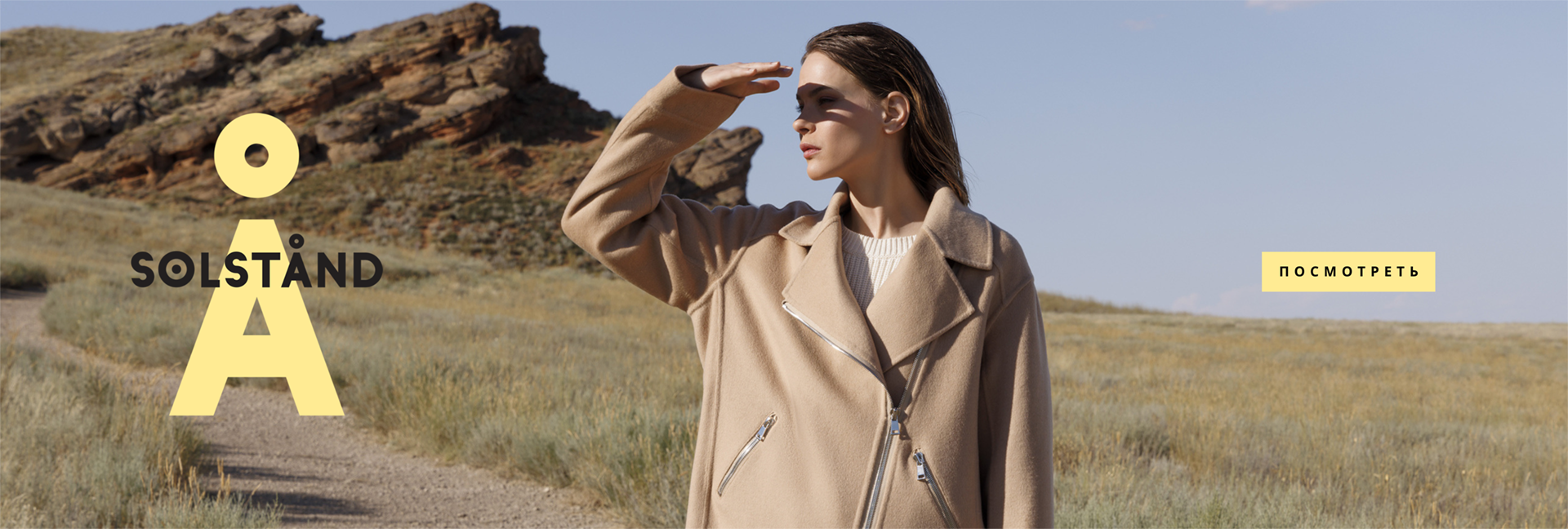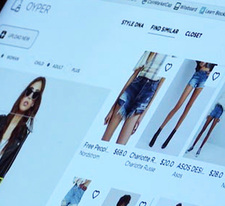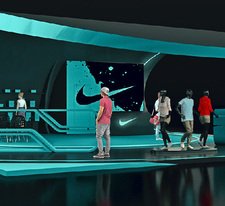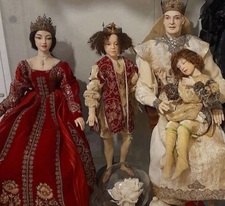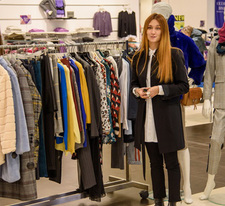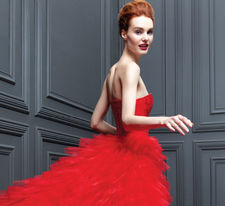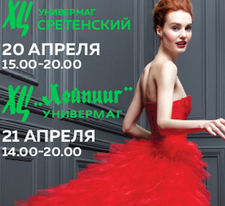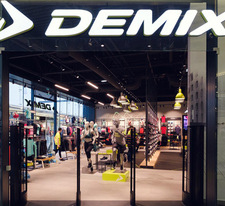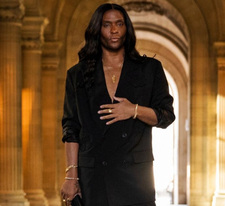Your stylist is a neural network
Everyone is familiar with the situation when it is necessary to urgently purchase an outfit for an event or pick up additions to the things already available in the wardrobe. It takes an excruciatingly long time to go shopping or scroll through dozens of catalogs of online retailers. A group of young talented Belarusian developers has created a virtual stylist capable of solving all these problems. We talked with the co-founder of the projectKirill Sidorchuk and technology developer Vladislav Kaminsky about their innovative product Oyper.
Two years ago, a group of young guys, students of various faculties of the Belarusian State University: economists, mathematicians, programmers decided to combine their knowledge and efforts and create a product that has not yet been on the market. Initially there were five of them, at the moment the working group includes 12 people. For their grandiose plans, they chose the area of fashion e-commerce, since this market ranks first in the world in terms of turnover and, according to forecasts, by 2020, more than 70% of purchases in it will be made via the Internet . In addition, there are a large number of different things and attributes in the clothing trade, this market is growing and capacious. The developers were well aware that if they learned to meet the daily needs of 90% of people at a new level, it would bring them significant financial benefits. The guys conducted a complex study and came to the conclusion that the buyer's problems in e-commerce result in losses from sellers, and the existing solutions are not effective enough. Thus, the main vector of the project development was set.
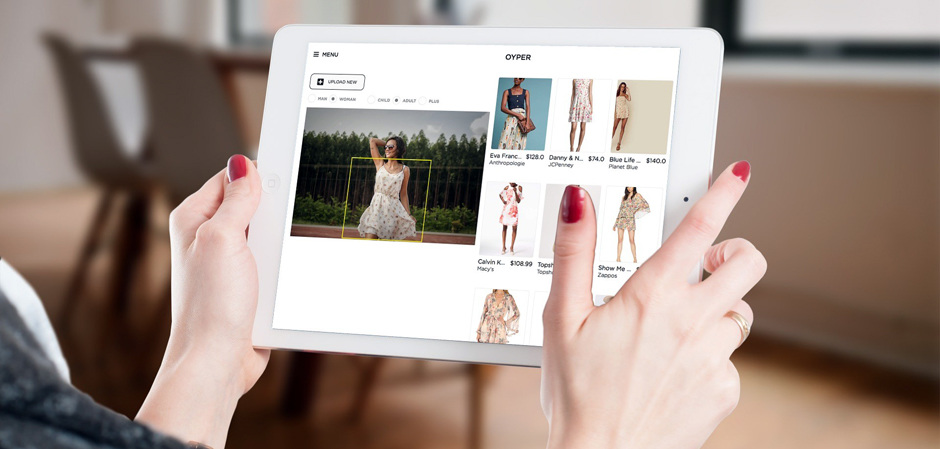
– Tell us in more detail what exactly is Oyper?
K.S. Many buyers face the problem of finding a suitable thing for them or a thing similar to the one they saw in a picture or on someone in real life. We know this problem firsthand, so we created a team and set out to help consumers solve such issues, namely, what to wear and how to combine things with each other. We were sure that we could teach the neural network to solve such problems, that is, in our case, from a picture that can be a photo or a screenshot, to find the same or similar things in the seller's catalog and create ready-made stylish images. We have created a program that analyzes fashionable images and personalizes them for the end user. Thus, we have trained the neural network to understand what is stylish, what is a trend, what are the rules for combining things, constantly self-study and create images from available things. This is possible due to the fact that a person's consumer behavior is studied: the more we know about his preferences, the easier it is to adjust recommendations. For example, a person is going to make purchases on the well-known aggregator LaModa, searches on its platform, where there are many products and brands. There is a specific purchase history of this person, we know which things and from which categories he bought: trousers, jeans, shirts, dresses, shoes, etc. Analyzing the history of his purchases, we understand which things he likes the most, what style, coloring he prefers. This process is quite complicated, simplistically we can say that we "pull" the rules from the customer's purchases. In addition, his actions on the site are analyzed when he looked at something, opened it, added it to the comparison list or to the basket, bought or left the page. And this is how recommendations for creating an image are formed, which are adjusted for a specific person. That is, different people are offered different images. In addition, our platform can offer the user things that will match the purchases they have already made and create a holistic image. This is due to the analysis of big data related to fashion.

Many people do similar things, but they do it manually. Our advantage is that we have automated this process.
– Considering that fashion trends change very quickly, how do you "load" these changes?
K.S. For each of the markets (and these are the CIS markets), we identify opinion leaders – popular fashion bloggers, various authoritative resources. These can be well-known magazines, fashion-related portals, where current collections of images, various information on trends are collected. That is, we get rules from a large amount of visual information, images are created according to these rules, and these rules are continuously updated. The program is configured so that visual information is constantly being pulled up, the algorithm independently captures all trends. For example, a blogger entering the database posts something, it is involved in the program, it is further trained and gives out more up-to-date information close to today.
–Using a person's preferences for analysis, you assume that he knows approximately what suits him specifically. But if we talk about a real stylist, a living person, then he uses a lot of rules to create an image, in particular, he takes into account skin tone, eye color, hair, figure proportions and many other parameters, takes into account the texture of the material, etc. That is, in your search, you sort of sew up"the fact that a person is trained in such subtleties (knows his appearance, well, at least at the level of standard color types) and takes them into account?
K.S. To date, such specific knowledge, all that you have listed, is not taken into account when searching. That is, our model is now objectively not a competitor to a living stylist. But we are constantly refining it, we have somewhere to move. We introduce the use of personal data, such as hair color, skin, body type. We are doing this, but to say that everything is taken into account would be an exaggeration.

We have a different approach than a stylist, we cannot change a person's style, but we can show him what is fashionable, we offer ready-made images, and a person already chooses what he likes best. We did not set ourselves the goal of showing how a person would look in these things, because we started developing our solution for the mass market, where there are the largest number of buyers and more sales. We will gradually move towards individualization and high fashion. But this will be a separate direction. Now it's still a mass market: we offer a person recommendations that are at the intersection of what is trending and what he personally likes. A clothing retailer can have 10,000 users on the site at the same time, and we will show each user the catalog in such a way as to involve them as much as possible in the purchase process. The task is this.
– That is, you select for a particular buyer only those things that are acceptable taking into account fashion trends?
V.K. We offer the user to choose the occasion for which he chooses clothes. We have a set of reasons, to date, when working in test mode, there are 15 of them, but there may be an infinite number. For example, a person chooses an occasion "Business meeting", sets the desired range and selects a huge number of images suitable for an event of this format. At the same time, it is possible to set a price range, since there are always cheaper and more expensive things on the site, which is very convenient. A person can choose a price – for example, «up to 5 thousand rubles» – and he will be given a selection of things worth no more than 5 thousand.
Natalia Kulagina interviewed
To be continued
Photo: provided by the developers
